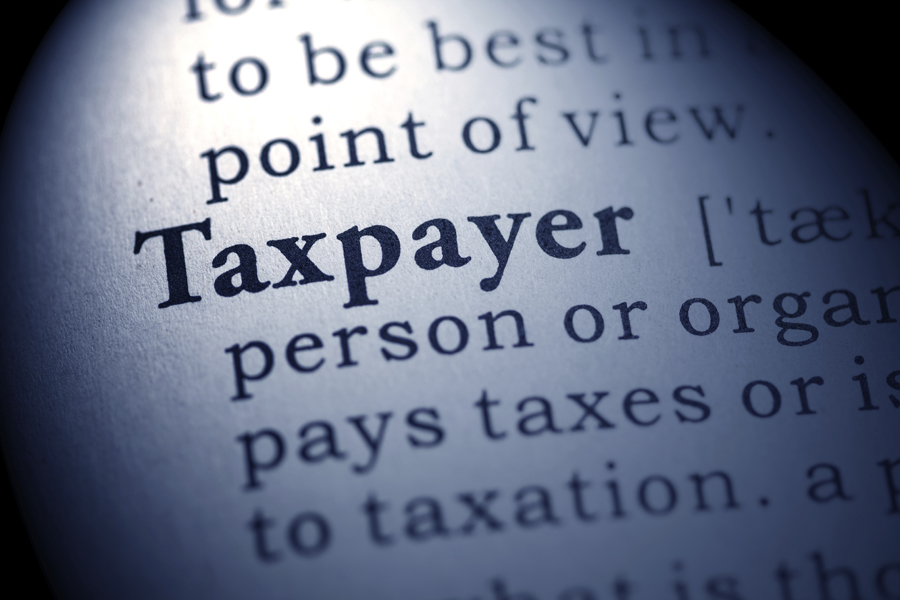What happens if I make a mistake on my taxes?
September, 09 2014 by Carol Thompson, EA
If you made an inadvertent mistake on your taxes or omitted required information, such as a late-received W-2 or K-1, you can file an amended tax return on Form 1040X. Generally, if you find a mistake before the IRS does, you will only be responsible for the accumulated interest and any additional taxes, assuming you are not entitled to a refund. If the IRS finds the error and sends you a bill, you may be liable for taxes and penalties as well as the interest. What should you do?
1. When should you amend your tax return? Some examples.
- Your employer sent you and the IRS a corrected W-2. This must be reported whether a refund or balance due. It could take the IRS as long as a year or more to contact you, so an amendment can save you money now.
- You inadvertently deducted your kids in the wrong year! If it wasn’t your turn, remove the exemptions and pay back the taxes. You will save yourself interest and penalties. (Not to mention the potential problems with your ex!) Remember that if you are not the custodial parent, you must attach Form 8332, Release/Revocation of Release of Claim to Exemption for Child by Custodial Parent, signed by the custodial parent.
- You pay college tuition for your son, but he forgot to send you the 1098-T, Tuition statement. As a result, you forgot to file for the education credit. When you get the form from him, amend the return and add the credit to your return for a refund of taxes you paid. Be sure to send in the correct education credit tax form.
- You reversed some numbers in your mortgage interest. This could create a refund of taxes paid or show additional taxes are owed. You may amend your return and correct the entry.
2. When should you NOT amend your returns?
- If you forgot to include a form or statement, the IRS will send a request for the missing item. This is another good reason to e-file.
- If you make a “math error,” the IRS will send you a correction. This may be a refund, or a balance due. Either way, you do not need to send an amended return to correct the original.
3. Form 1040X, Amended U.S. Individual Tax Return.
- Use Form 1040X to amend a previously filed federal tax return.
- Check the year being amended at the top of the form.
- There are three columns on Form 1040X.
- Column A – enter these amounts as they appear on the original Form 1040 for the year with the correction needed.
- Column B – shows the increase or decrease for the amounts that will change. For example, if you receive a corrected interest statement from your bank, Column B shows whether to add or subtract the net amount of the difference.
- Column C – is the corrected amounts
- Attach copies of any forms that have changed, such as Schedule B, Interest and Dividends. If the forms are not attached, it can delay the processing of the amendment.
- Use a separate form for each year you are amending. Be sure to mail each year in a separate envelope.
- Amended returns may not be electronically filed currently. They must be mailed.
4. When to File and Pay.
- If you know you will owe money, file the amended return as soon as you are aware of the change. You can set up an installment agreement to make payments if you are unable to pay in full. As stated before, this will save you penalties and limit the amount due to interest only.
- A refund must be claimed within three years from the date you filed the original return. A claim for refund may also be filed within two years of the date the taxes were paid – if that date is later than the three-year rule.
5. Tracking Your Return.
- Go to www.irs.gov or call 866-464-2050 to track the progress of your amended return. Look for “Where’s My Amended Return.”
- You need to wait until at least three weeks after you file to check the progress of the amended return.
For more information, see the Form 1040X Instructions on www.IRS.gov. Also read IRS Tax Tip 2014-24 (August 27, 2014).




